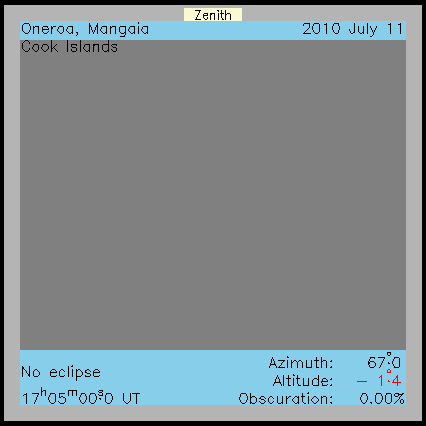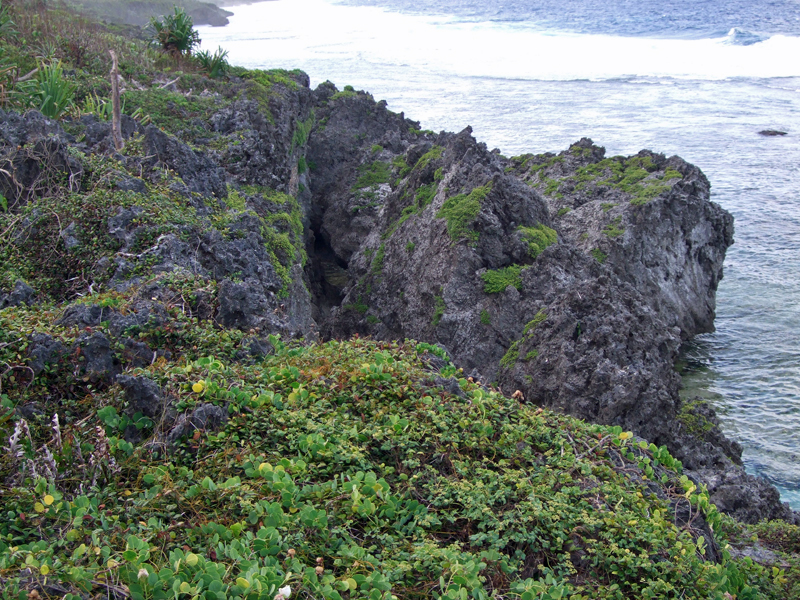
EARTH'S AWE INSPIRING EVENT
Six seconds after 8.21 am (1821 GMT) on Sunday 11 July, 2010 day turned to night on the ancient island of Mangaia as the shadow of the moon obscured the sun.
And for the following 3 minutes 18.8 seconds, the island, its 654 residents and around 400 visitors from all over the world experienced one of earth's most awe-inspiring natural events.
This stunning photograph was taken on Mangaia by Constantinos Emmanouilidis who was among a team of scientists studying the eclipse.



